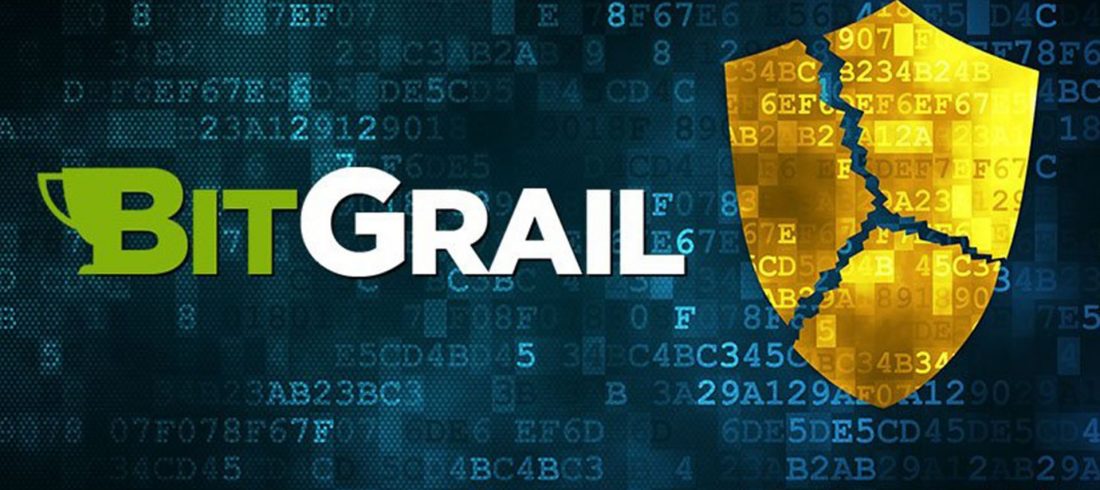The world of cryptocurrency, blockchain and decentralized finance (DeFi) is a dynamic and rapidly evolving landscape. While these technologies have opened up exciting new opportunities, they have also been accompanied by significant risks, as evidenced by a number of high-profile hacks.
In this list, we will take a close look at the 12 largest crypto and DeFi hacks to date. We’ll delve into the details of each DeFi hacks incident, exploring how they happened, what was at stake, and the aftermath of these security breaches.
But our purpose here is not just to recount these DeFi hacks. Instead, we aim to extract valuable lessons from these incidents. By understanding the vulnerabilities that were exploited and the mistakes that were made, we can better prepare for the future and contribute to the development of more secure and resilient systems.
Whether you’re a seasoned crypto enthusiast, a newcomer to DeFi, or a cybersecurity professional, this list will provide valuable insights into the challenges and risks inherent in these groundbreaking technologies.
(And if you have already been hacked and these lessons are too late, contact our Crypto Investigators service.)









 Beware of crypto recovery scammers! Learn
Beware of crypto recovery scammers! Learn